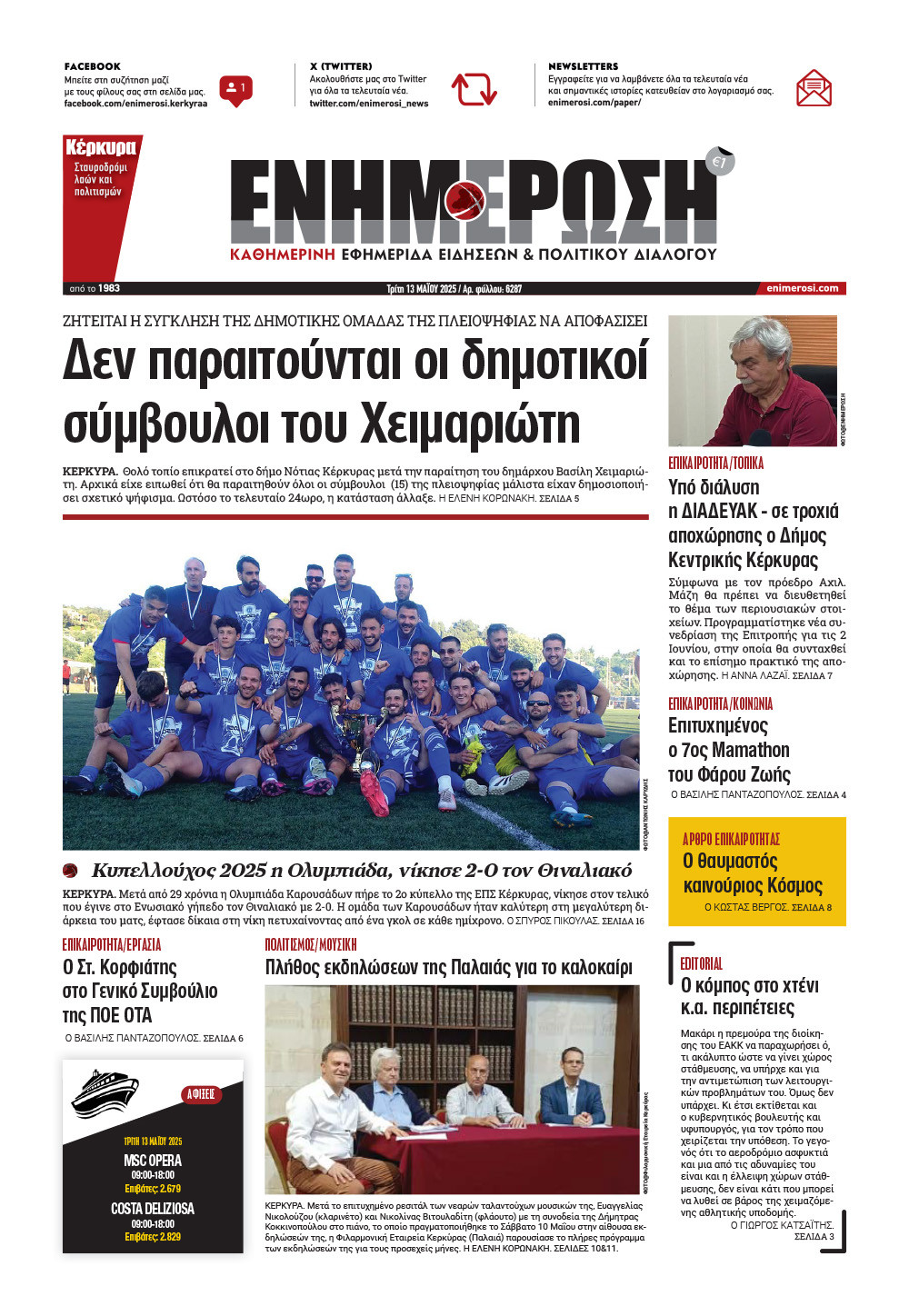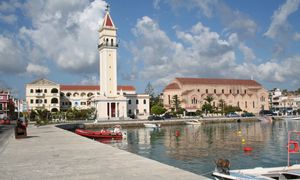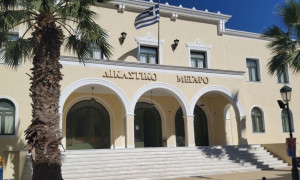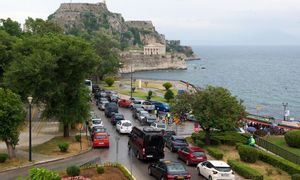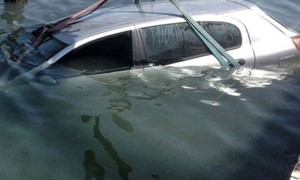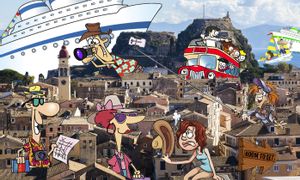Zakynthos - No.1 in Europe for overtourism
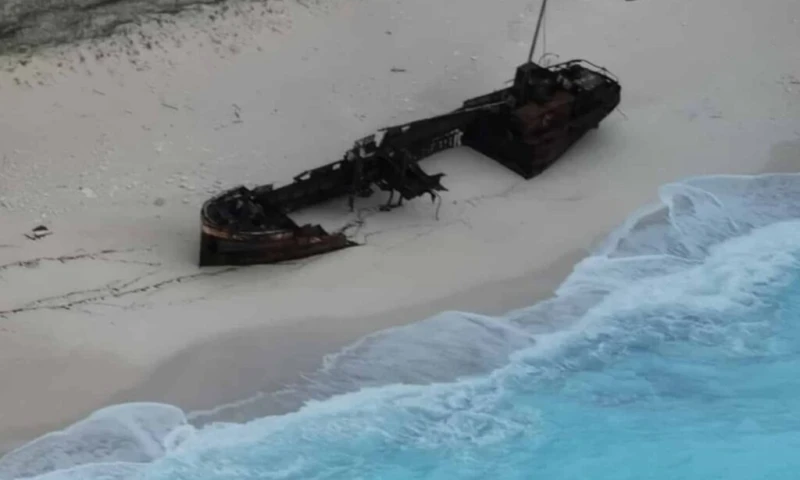
Zakynthos spiralling into collapse.
According to a recent survey by Which? Travel, the most trusted consumer organisation in the UK, Zakynthos ranks at the top in Europe as the destination with the highest ratio of tourists to residents. For every permanent resident on the island, there are more than 150 tourist overnight stays — far surpassing legendary tourist hotspots like Venice, Barcelona, Amsterdam, Dubrovnik and Santorini.
When One Resident “Hosts” 150 Tourists: The Hidden Cost of Overload
For Zakynthos, with 40,000 permanent residents, that 150 overnight stays per capita equals 6 million overnight stays annually — meaning at least 800,000 to 1,000,000 visitors per year, mostly concentrated within a 4–5 month high season. This puts urban pressure equivalent to multiplying the island’s population by 5 to 10 times — without having the infrastructure to support it.
A Grim First Place That Shocks
To grasp the scale of this pressure: Barcelona records 70 overnight stays per resident, Lisbon 62, and Venice — the symbol of overtourism — 80. Zakynthos, with just 40,000 residents, is carrying an enormous and unstable load, like a "house of cards." It’s a disproportionate and dangerous burden, with no organised management strategy. By contrast, those other cities — though already heavily burdened — have conducted studies and introduced restrictions, taxes, and regulatory frameworks.
Zakynthos, however, seems to be moving without brakes, without control, without a plan.
The Uncomfortable Truth Behind the “Golden Showcase” of Tourism
Zakynthos isn’t just full. It’s exhausted.
-
Infrastructure is failing to keep up.
-
The road network has reached its natural limits.
-
Water supply, sewage, waste management, hospitals, and emergency services are either non-functional or barely operational.
-
The island’s ecosystem — from beaches to the habitat of the Caretta caretta turtle — is at risk of irreversible collapse.
The Investment Frenzy – Excitement or Collective Blindness?
Every day, local and outside investors “gamble” on Zakynthos, building rooms, villas, bars, and pools. But how many of them have asked:
-
How much more can the land take?
-
How much more can the social fabric endure?
-
How much tourism is enough?
The "all summer, all rooms, all-inclusive" model is not a strategy; it's forced enrichment with no future. When the crash comes, the only ones left behind will be the residents, surrounded by a devastated natural and urban environment.
The Monoculture Economy – A 100% Island-Wide Gamble
With 97% of Zakynthos’ GDP directly or indirectly dependent on tourism, any crisis — economic, geopolitical, environmental, or weather-related — could cripple the island.
The pandemic taught us nothing. Instead of restructuring, we saw more beds added, more flight routes, and every inch of land paved over for TikTok-worthy experiences.
Technocratic Diagnosis: A Model With No Future
If Zakynthos continues at this pace:
-
In 5 years, basic services will only serve tourists, not residents.
-
In 10 years, the island will no longer attract quality tourism, but low-cost mass packages — leading to economic and cultural decline.
-
In 15 years, tourism property investments will lose value, because no one will want to return to a place where they experienced chaos.
The island is at risk of sinking — not metaphorically, but literally — under the weight of its tourism bubble.
Overtourism: The Wealth That Brings Bankruptcy
The belief that overtourism “brings prosperity” is perhaps the biggest illusion embedded in Zakynthos’ collective mindset. In reality, the local economy acts as a pipeline, funneling wealth to third parties, while the island, its children, and its future bear all the costs — economic, social, cultural, and environmental.
-
Who profits? Major international and Greek tour operators, and local affiliates who paved the way to destruction (and will be the first to vanish when collapse hits, with full bank accounts), along with financial institutions. The island fills up, but the income leaves.
-
Who pays? The residents. Infrastructure (water, sewage, waste) is under unbearable pressure, roads are collapsing, schools and hospitals are understaffed, and citizens are losing their quality of life.
-
Who works? Primarily imported labour. The vast majority of workers in tourism and construction are not from Zakynthos and have no local ties, so their wages are not reinvested locally.
-
What is consumed? From food to drinking water, meat to construction materials, furniture to machinery — 95% is imported. Local production is insufficient and unsupported, even for local needs.
-
How is this “development” financed? Through loans, leasing, banking leverage, and funding from speculative investment funds — often with dirty money, tax evasion, or even outright illegality. The added value ends up as debt and mortgages, not in surplus for the local economy or society.
Overtourism is a mechanism for generating illusory wealth: it floods the place with tourists, but leaves behind fatigue, decay, debt, and dependency on outside forces. The real beneficiaries of the “tourism boom” are banks, tour operators, and funds — not the people of Zakynthos, nor its future.
The Result: A Tourism Model of Short-Term Gains Now Devouring the Island
The “as many as possible” tourism model is now consuming Zakynthos itself.
Lost Opportunities: When Zakynthos Could Have Taken Another Path
Amid the noise of charter flights and mass tourism, Zakynthos had — and still has — all the competitive advantages to build a different kind of tourism story: one based on local production, agriculture, culture, identity, rich history, and a unique natural landscape.
It could have become a model for agrotourism, ecotourism, cultural tourism (the island of music, painting, and poetry), and gentle experiences with added value — if there had been planning, protection, and vision. Its religious heritage, with the presence of Saint Dionysios, could have supported year-round, low-impact visitation.
Instead, Zakynthos chose to “sell” the Shipwreck Beach, cheap entertainment, cocaine-fueled parties, and the “sun & fun” cliché, turning the island into a storage facility for tourists, stripped of identity.
The brand of Zakynthos has been plundered — and that’s not just a figure of speech. It’s a reality with names, responsibilities, and consequences.
If We Don’t Change Course, We’ll Be Left With the Ruins of Tourism
Zakynthos is now at a point of no return.
This is not an exaggeration. It’s a well-documented conclusion, supported by data, international comparisons, and daily reality. Its “first place” in overtourism is not an achievement, but a warning bell of collapse.
Local authorities — those at the helm — are turning a blind eye while the island burns.
State agencies hand out trinkets instead of investing in infrastructure. Local government lacks the vision or ability to change course. The Chamber of Commerce has taken 15 years just to decide to conduct a study on the island’s carrying capacity. Hoteliers have four local associations so everyone can be president. Transport, logistics, and communication sectors are in chaos over who gets to grab the biggest piece of the pie.
Entrepreneurs — big and small — are building on the ruins of the 1953 earthquake, on shifting sand, chasing the “last good season” — without seeing the cliff ahead.
If we don’t dare to reverse the path to overloading, if we don’t set limits, rules, and caps, if we don’t talk openly about degrowth, the island will sink. Not from a lack of tourists — but from its own weight.
Final Chance
No more silence. No more lies. No more distortion of the “development dream.”
Otherwise, very soon, Zakynthos won’t be a tourism destination — but a cautionary tale.
A Call to Action: Now Is the Time to Speak, Decide and Change
Zakynthos can no longer afford silence. Overtourism is not progress — it’s a dead end. No one will save us from what we continue to tolerate. Not the ministries, not the travel agents, not the banks.
Our children are leaving and won’t return. Of the 40,000 people here, half are non-permanent residents. The children of “elite tourism families” will soon grow up in Athens to avoid becoming “victims.” Whispers of private schools won’t save our educational collapse. Crime has the upper hand.
Only the residents themselves can demand limits, planning, and balance.
Now is the time for:
-
Public consultation on the island’s carrying capacity
-
Tourism saturation maps for overburdened areas
-
Support for local production through tax and policy incentives
-
Investment in alternative tourism and reconnection with the real community
If this discussion doesn’t happen now, collapse will force it upon us.
And by then, it will be too late.
The choice isn’t tourism or no tourism.
It’s tourism with a plan — or collapse with no return.



